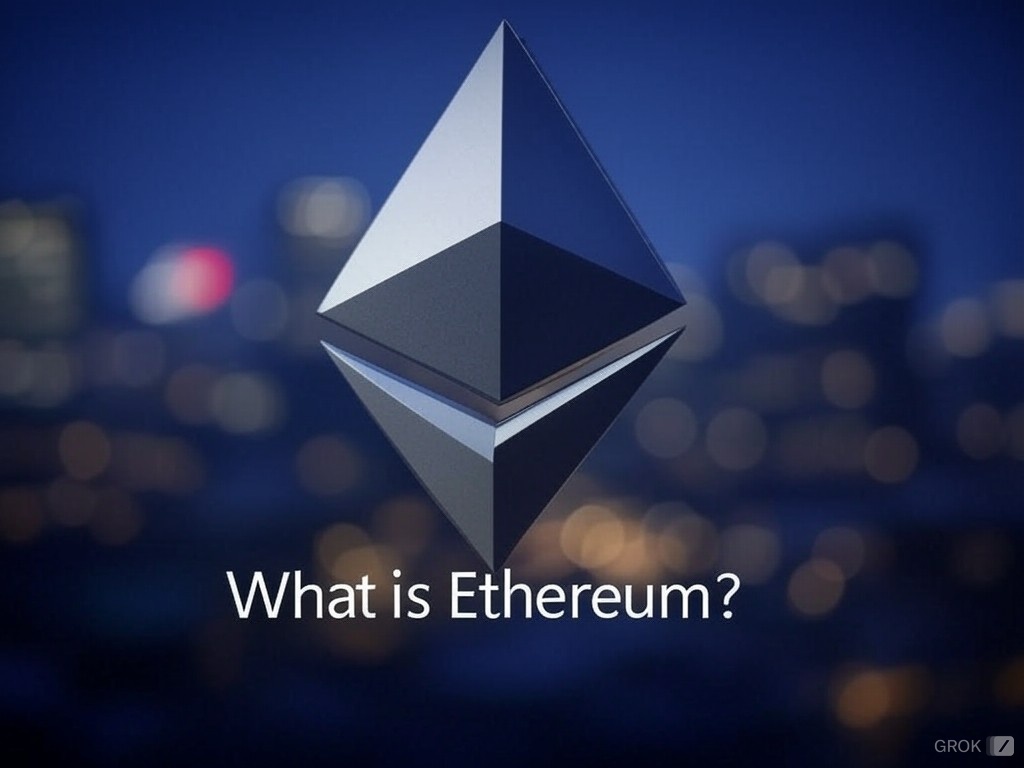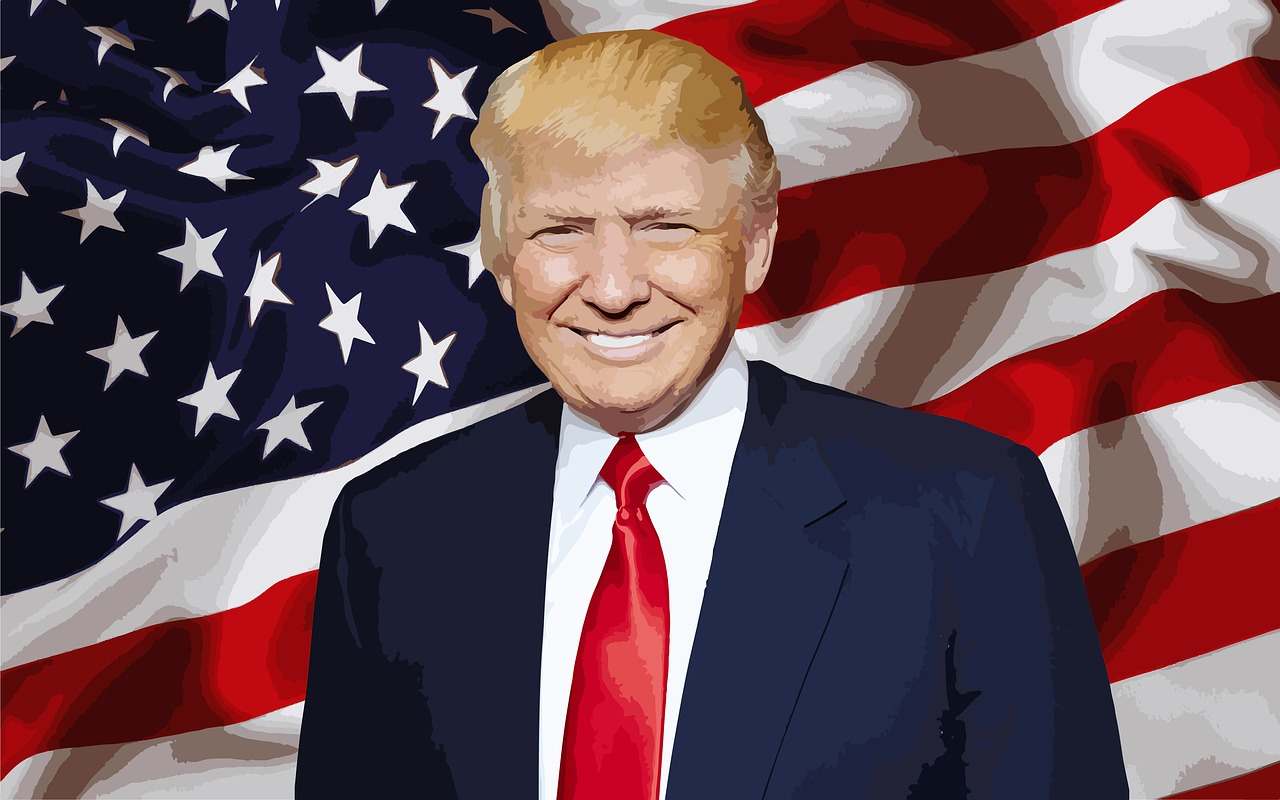Brad Garlinghouse, CEO of Ripple, has highlighted the new reality for his company under the Trump administration, stating: “2025 has arrived and the Trump bull market is real.” After years of legal and regulatory setbacks under the rule of SEC Chairman Gary Gensler, Ripple is now making a comeback in the U.S. market, driven by recent political shifts.
Ripple’s Return to the U.S.
The 119th Congress is described by Garlinghouse as the “most pro-crypto congress in history”, with unprecedented legislative energy focused on crypto challenges. This comes after significant political donations from crypto leaders to Trump and other congressional races, with demands such as stopping SEC lawsuits against the industry, open access to global banking services, and setting up a U.S. Bitcoin reserve. Garlinghouse’s positive attitude is also reflected in other aspects of the company:
- Recruitment and growth: 75% of Ripple’s open positions are now in the U.S., a reversal of the past four years where most recruitment took place abroad. In the last six weeks of 2024, following Trump’s election victory, Ripple closed more deals in the U.S. than in the previous six months.
- Political influences: Garlinghouse acknowledged figures around Trump, such as Scott Bessent, David Sacks, and Paul Atkins, for promoting innovation and job growth in the crypto sector.
Global Financial Dynamics
As the U.S. prepares for a more crypto-friendly climate, we see a global split in financial systems:
- mBridge and CBDC’s: Countries like Thailand, Hong Kong, and the UAE are joining China’s mBridge initiative, aimed at reducing dependence on the U.S. dollar and SWIFT. This could bypass U.S. financial control.
- Alternative payment networks: Countries in Asia and India are working on their own payment networks for more efficient cross-border transactions, such as the use of QR codes for payments between Hong Kong and Thailand.
- BRICS: The BRICS countries, including Brazil, Russia, India, China, and South Africa, are also busy developing techniques to take power away from the U.S. dollar. They are considering their own currency, however, details about this project are scarce.
Future of Financial Tokenization
- Tokenization of assets: With a growing market for tokenization, Citigroup predicts a $4 trillion market by 2030. In Asia, countries like Hong Kong and Singapore are leading with innovations such as digital green bonds and automated fund management with smart contracts.
- CBDC’s and alternatives: While interest in CBDC’s for cross-border payments is decreasing, the popularity of tokenized deposits is rising, which are more flexible by relying on deposit guarantees instead of 1:1 reserve-backing.
These developments point to a rapidly changing financial landscape, where cryptocurrencies and digital currencies are playing an increasingly larger role in both national and international financial strategies.

